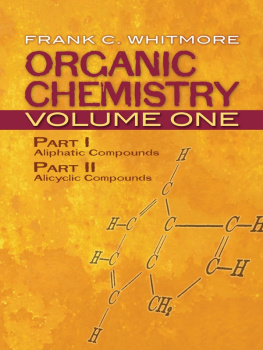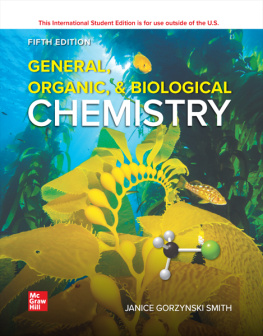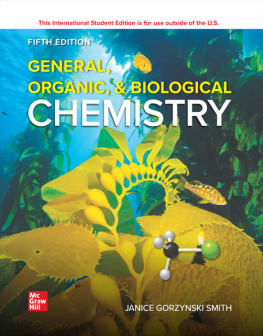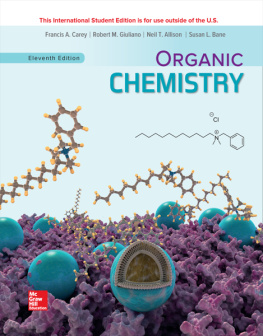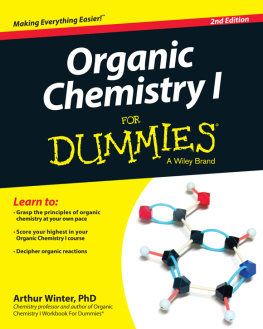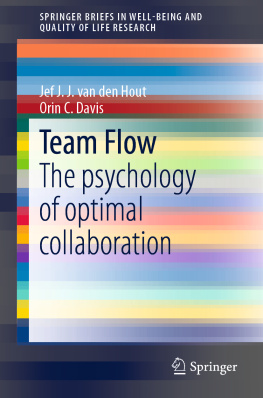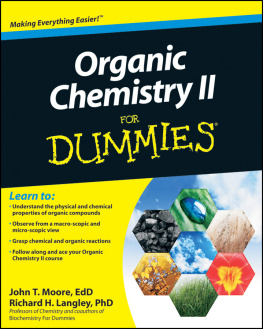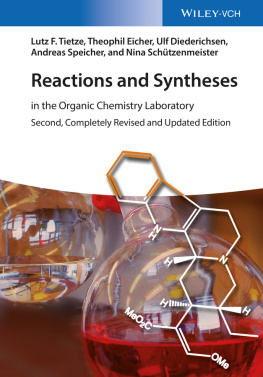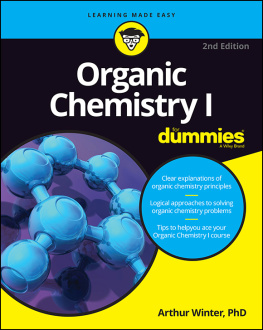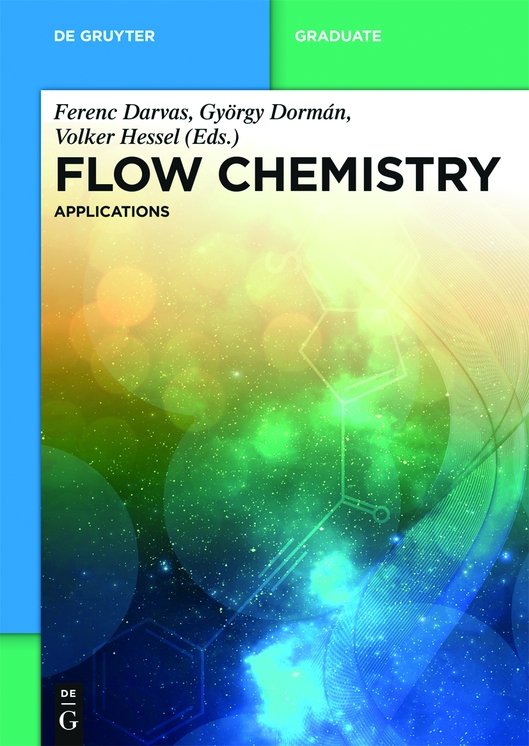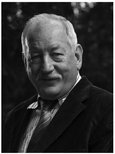About the editors
Prof. Ferenc Darvas acquired his degrees in Budapest, Hungary (medical chemistry MS, computer sciences BS, degree in patent law, PhD in experimental biology). He has been teaching in Hungary, Spain, Austria, and in the United States of America at different universities, presently serves as associate professor at the Florida International University in Miami. He is author of 140 pre-reviewed papers and 5 books. Dr. Darvas has been involved in introducing microfluidics/flow chemistry methodologies for synthetizing drug candidates since the late 90s, which led him to found ThalesNano. One of his teams inventions, the desktop high pressure /high temperature flow hydrogenator H-Cube won several innovation awards in the United States of America and also in Europe, and has been used in more than 60 countries. Dr. Darvas is also the founder and active President of the Flow Chemistry Association located in Switzerland.

Prof. Gyrgy Dormn obtained his Ph.D. in organic chemistry from the Technical University of Budapest in 1986. Between 19861988 and 19961999 he worked at SanofiChinoin in Budapest. In 19881989 he spent a post-doctoral year in the UK (University of Salford). Between 1992 and 1996 he was a Visiting Scientist at the State University of New York, Stony Brook. Between 1999 and 2008 he served ComGenex/AMRI as Chief Scientific Officer. Since 2008 he is responsible for the scientific innovation of ThalesNano. Dr. Dormn is involved in many training courses in the area of (bio)organic and flow chemistry. In 2011 he became Professor at University of Szeged. He is an author of 85 scientific papers and book chapters. He is a member of the editorial board of Molecular Diversity and the advisory board of J. Flow Chemistry.

Prof. Volker Hessel studied chemistry at Mainz University (PhD in organic chemistry, 1993). In 1994 he entered the Institut fur Mikrotechnik Mainz GmbH (1996: group leader microreaction technology). In 2002, Prof. Hessel was appointed Vice Director R&D at IMM and in 2007 as Director R&D. In 2005 and 2011, he was appointed as part-time and full professor at Eindhoven University of Technology, respectively, for the chair of Micro Flow Chemistry and Process Technology. He is (co-)author of more than 270 peer-reviewed publications, with 18 book chapters and 5 books. He received the AIChE award Excellence in Process Development Research in 2007 and in 2010 the ERC Advanced Grant Novel Process Windows. Prof. Hessel is in the scientific advisory board of the International Conference on Microreaction Technology. He is Editor-in-Chief of the journal Green Processing and Synthesis.
Answers to the study questions
Chapter 1 : Catalysis in flow
- 1.1. In an industry where each process usually generates more waste than product, catalytic reactions open the door to environmentally more benign and cost effective processes. The flow aspect enables the exploitation of parallel or consecutive reaction kinetics or thermodynamic equilibria by either stopping the reaction at an opportune moment in time, or changing reaction conditions as the reaction progresses to force the yield in favor of the desired product. A continuous reactor minimizes the reacting inventory, hence the hazard potential is much reduced in comparison with a batch reactor, allowing even highly energetic reactions to be carried out safely.
- 1.2. On the one side, the heterogeneous catalyst needs to interact intimately with the reaction mixture, on the other it needs to be easily separable from it. This effectively requires the reactor to perform the dual role of a mixer as well as a separator, which is usually achieved by trapping the catalyst through a system of filters. Smaller particle sizes facilitate better mass transfer but can lead to high pump energy requirements or operational issues such as line blockages. The influence of catalyst particle size on the reaction outcome should definitely be investigated.
- 1.3. The success of any multiphase reaction depends on the intimate contact between the two phases and thus on the amount of interfacial area. If the available interfacial area is large, it is likely that the potential of the chemistry is maximized. Conversely, if the available interfacial area is small, mass transfer effects will severely constrain the chemical reaction.
- 1.4. Olefin ring closing reactions to form C=C bonds using Ruthenium complex catalysts and cross-coupling reactions with Palladium catalysts.
- 1.5. The reactions generate volatile leaving groups, such as ethylene, which must be removed from the reaction mixture, and selectivity issues mandate the requirement for dilute reactant solutions. To achieve high levels of conversion under these conditions, a continuous reactor in re-circulation mode is highly suitable.
- 1.6. Palladium catalysts are susceptible to leaching, that is, the loss of the active metal. This causes loss of activity of the catalyst as well an impurity problem in the reaction mixture. Microencapsulation, functionalized solid supports, and silica-supported phosphine ligands are some approaches that can be used to minimize this effect.
- 1.7. Enzymes can easily be immobilized and as the resulting molecules are much larger than the substrates, membrane reactors can separate the catalyst from the reaction mixture, fulfilling the dual role of reactor and separator. The continuous removal of product or by-products may also be advantageous for reversible reactions from a chemical equilibrium perspective.
- 1.8. Any hydrogenation reactor using hydrogen gas will have to be pressurized to facilitate mass transfer of hydrogen from the gas into the liquid phase. A batch reactor has a larger pressurized volume than a continuous reactor and has hence a much higher hazard potential.
- 1.9. The most promising approach to carry out these reductions in continuous flow reactors is by immobilizing the organometallic catalyst on, for example, an inert carrier material (such as alumina) or making the metal-phosphine ligand system self-supporting.
- 1.10. The rate can be accelerated by increasing the mass transfer of oxygen into the system. This can be done by, for example, increasing oxygen pressure or the mixing efficiency between gas and liquid.
Chapter 2 : Catalytic engineering aspects of flow chemistry
- 2.1. In monophasis (liquid) reaction and providing that the operating conditions are the same (concentrations, temperature, pressure), the contact time in the tube plug flow reactor can be directly used for comparison with the batch results (conversion, selectivity). In a multiphase reaction, generally with a solid catalyst, the proportion of the catalyst used in the Flow reactor, often a fixed bed of particles, is much higher than in Batch tests. Thus, some type of normalized time must be used. The concept of Hourly Space Velocity (HSV is very useful and the time in Flow reactor is defined as the reverse, i.e. 1/HSV). More discussion can be found in the chapter devoted to chemical engineering aspect of Flow Chemistry.


